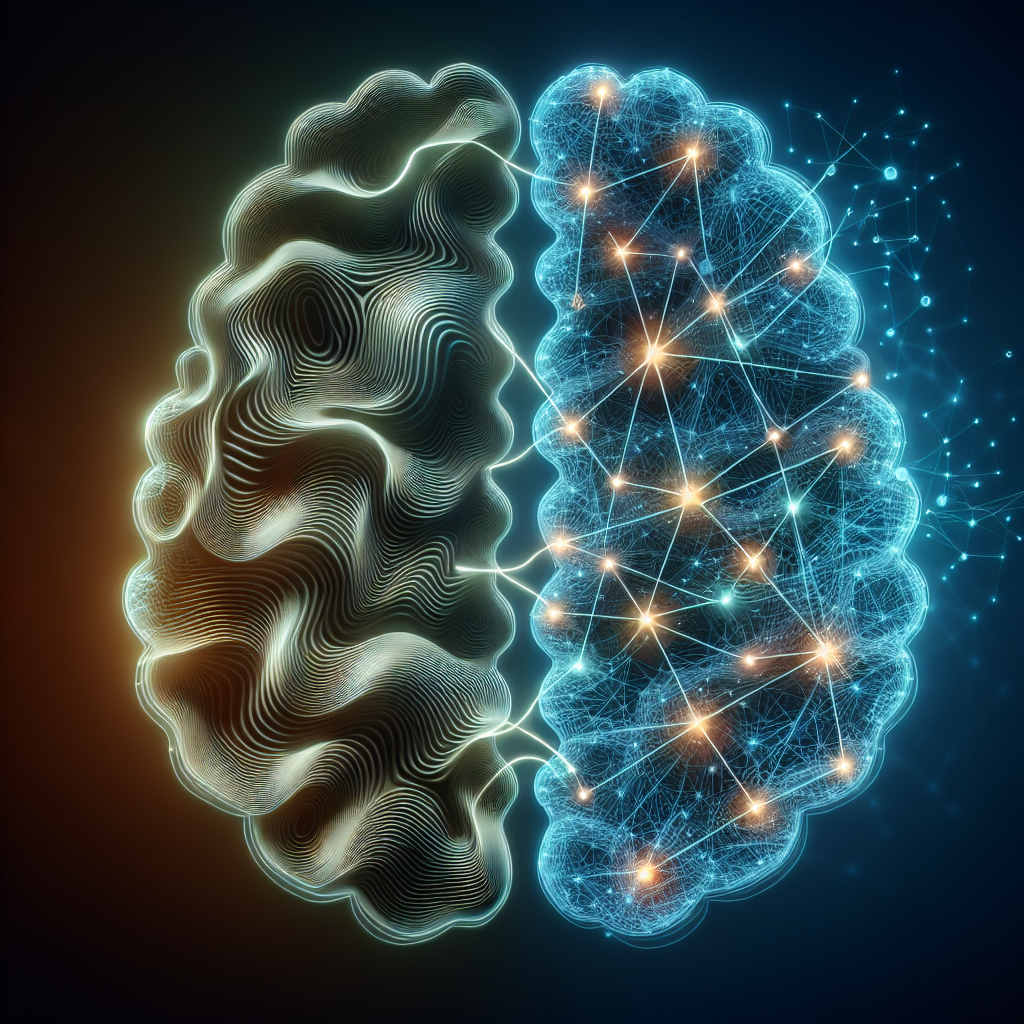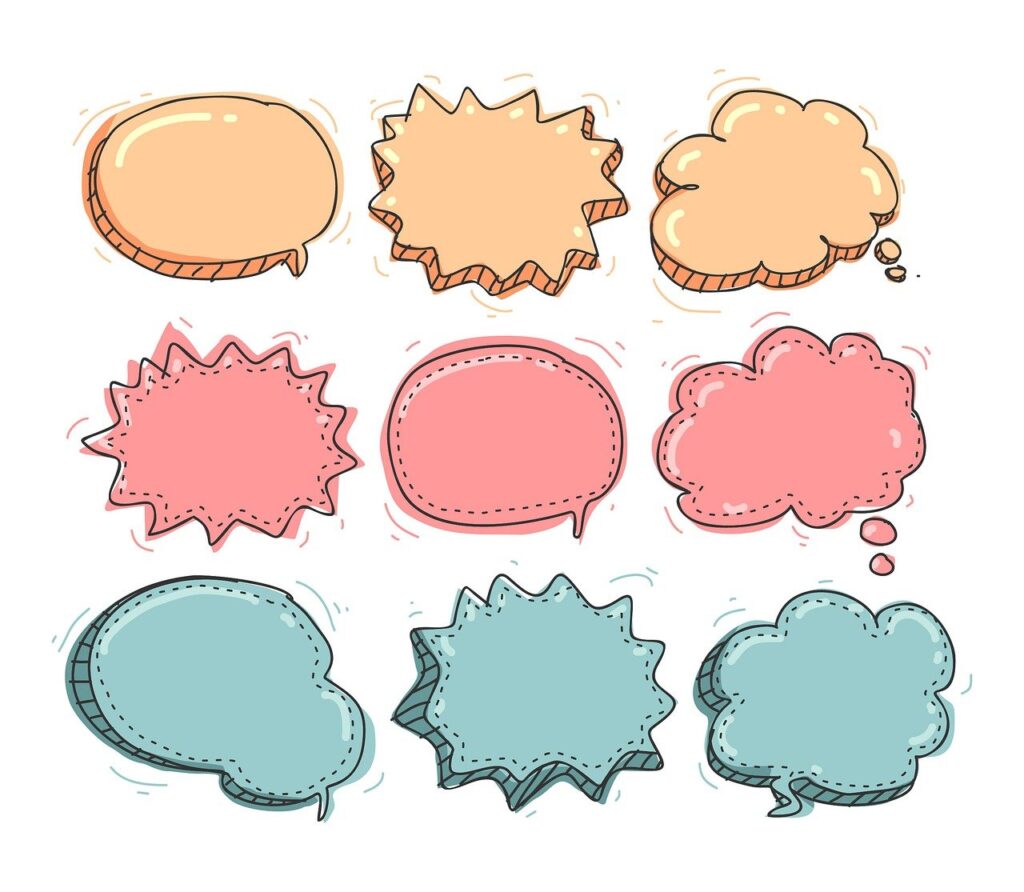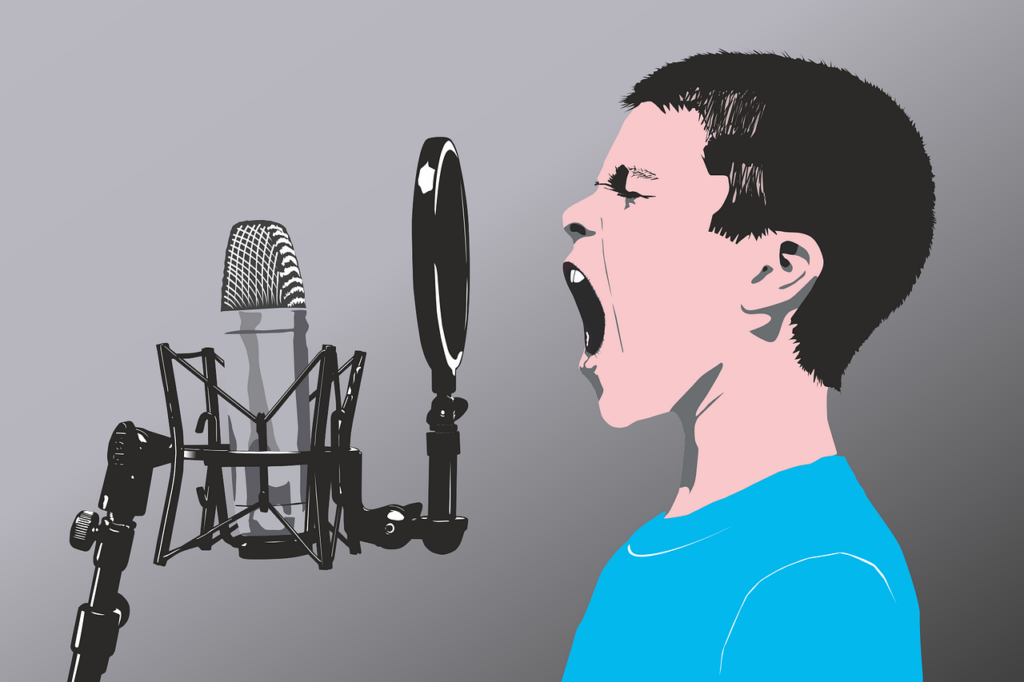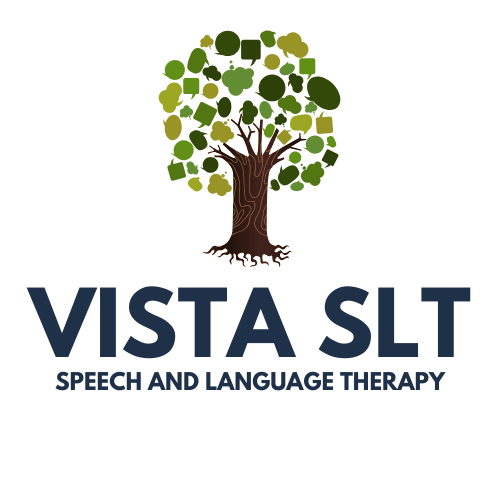
Specialist Private Speech and Language Therapy
VISTA SLT offers a wide variety of Private Speech and Language Therapy services to address concerns affecting adults. Below, you can find out about some of the conditions we can help with. We also support adults who have trouble swallowing, also called Dysphagia.
Please see our pricing page for details on our service costs. General information on the role of the Speech and Language Therapist is available here.
Adult Speech and Language Therapy Services

Aphasia
What is Aphasia?
Aphasia is a language disorder which affects a person’s ability to understand and use spoken or written language. Aphasia affects 1 in 3 people who have a stroke. It is also a common consequence of brain injury or infections such as Encephalitis or Hydrocephalus.
Primary Progressive Aphasia is a rare form of Dementia for which speech and language difficulty is commonly the first symptom.
Current evidence and clinical guidelines indicate that intensive intervention (i.e. 4-5 sessions per week) as soon as possible post stroke leads to the greatest gains in language skills.

Apraxia of Speech
What is Apraxia of Speech?
Apraxia is another common disorder seen following stroke or brain injury/infection. Apraxia is a complex motor speech disorder affecting signals from the brain to the speech muscles (although there is no paralysis or weakness of these muscles). This leads to difficulty coordinating the muscle movements required to speak clearly and consistently.
People with Apraxia of Speech may be unable to initiate speech, appear to be searching for the correct mouth/tongue movements to produce sounds or produce a word or phrase clearly on one occasion but not on another.
Individuals with Apraxia often feel very frustrated by the inconsistency in their speech. They also find that their difficulties worsen when feeling under pressure or rushed.

Dysarthria
What is Dysarthria?
Dysarthria is another example of a motor speech disorder. It happens when the muscles needed for speaking are weak or paralysed. People with this condition may have difficulty being understood when they talk. Speech can sound slow, slurred, monotonous or strained.
Dysarthria, Aphasia, and Speech Apraxia can often be helped with therapy and learning new ways to communicate.
Dysarthria, Aphasia and Apraxia of Speech can often be helped with therapy and learning new ways to communicate.
Speech and Language Therapy intervention for these conditions often involves exploration of communication aids (e.g. paper charts or digital aids such as therapy apps) to help the person to express themselves and communicate their needs to others.

Voice disorders
What are voice disorders?
People with voice disorders may present with a hoarse, strained, weak or breathy voice. These disorders can also change your tone of voice and make speaking or swallowing uncomfortable.
Voice disorders can be caused by damage to the vocal cords such as vocal cord palsy/paralysis or trauma, or a neurological condition such as Parkinson’s.
Our knowledge about the lasting effects of COVID-19 is still growing. However, many people with long COVID say that their voice is different. This is often due to trouble controlling their breathing while talking or related to damaged to the vocal cords after being on a ventilator for a long time.

Cognitive Communication Disorder
What is a Cognitive Communication Disorder?
Cognitive Communication Disorder (CCD) is a complex and wide ranging disorder, most commonly seen as a result of brain injury or stroke. Many people with long COVID report symptoms of Cognitive Communication Disorder.
People with CCD may have difficulty remembering information or conversations. They may struggle with normal social behaviours like waiting for their turn, making eye contact and using facial expression. Disinhibition can be common in CCD, leading to ‘unfiltered’ speech. CCD can also affect a person’s reading and writing skills.
Speech and Language Therapy for Cognitive Communication Disorder commonly includes re-education around conversation rules, strategies to support memory and the use of tools to assist with reading/writing and understanding.
